Osteoarthritis
noun
from the latin ɒs.ti.əʊ.ɑːˈθraɪ.tɪs
a disease that causes pain and stiffness in the joints (= places where two bones are connected)
The pet form of osteoarthritis is the same as the human-form – the human form – inflammation of the bones and cartilage within joints that then causes pain and discomfort. It is a tell- tale sign that joints are suffering from wear and tear as the pet gradually deteriorates.
Osteoarthritis may:
- Stop your pet from being active
- Change the way they walk, run or bear weight
- Interfere with the quality time you spend together
Pets are living longer than ever before. While this allows us to spend more quality time with our furry friends, it also leaves us with an extra responsibility to ensure they live comfortably as they age.
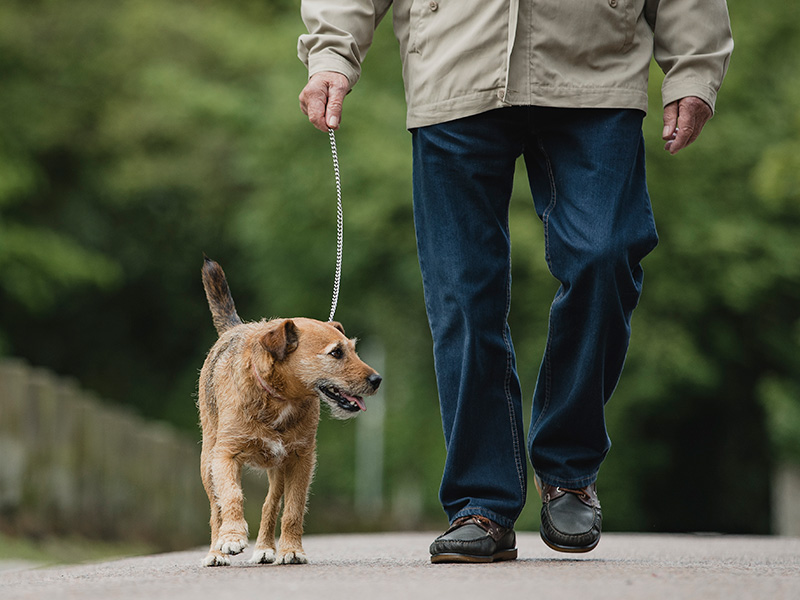
Take our online Quiz to see if your dog is at risk of Osteoarthritis!
What are the symptoms of Osteoarthritis?
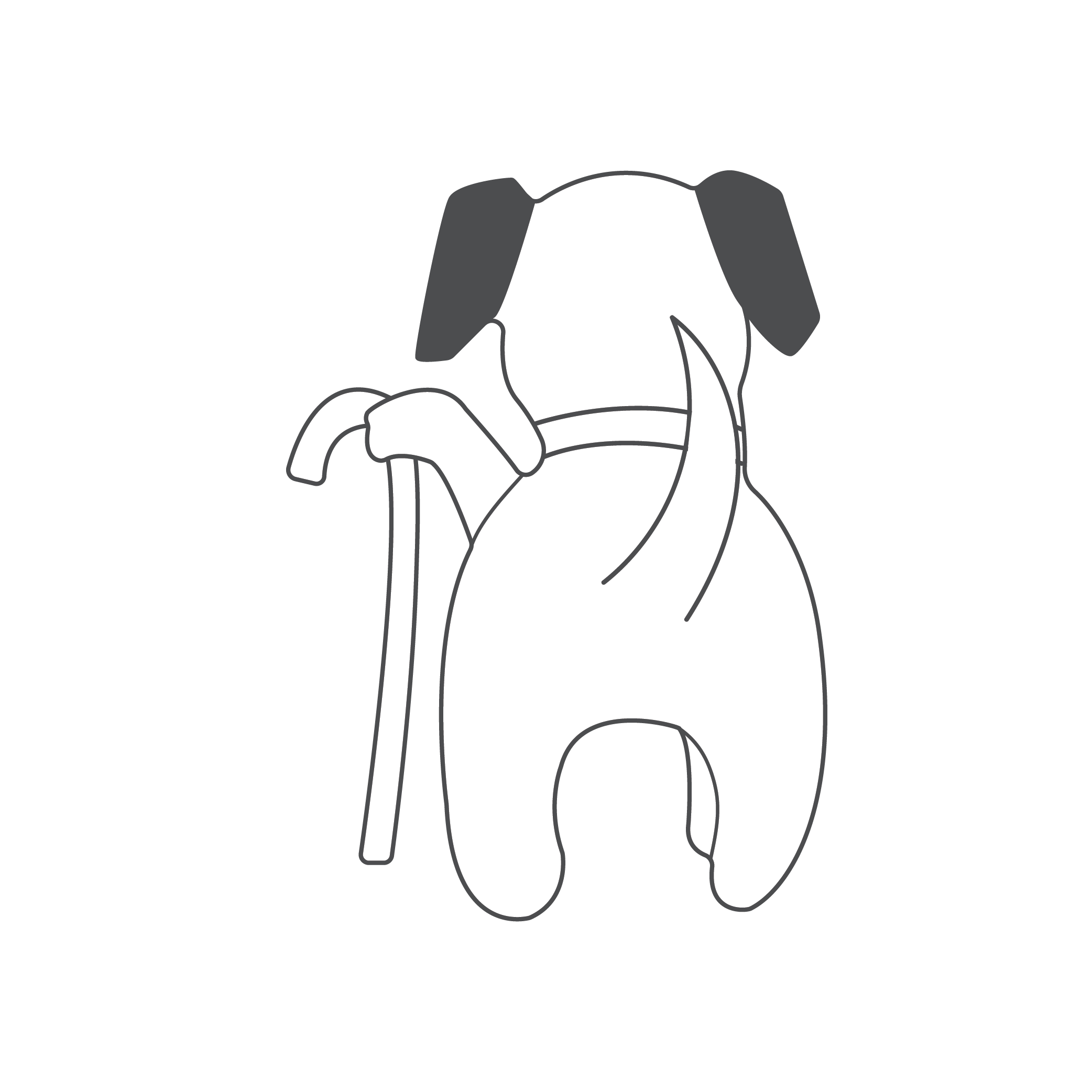
Dogs
Dogs show pain in many different ways. plus osteoarthritis signs can develop over a period of time. It can be hard to work out if these behaviours are a normal part of aging, or something more.
Cats
Osteoarthritis in cats is very subtle as symptoms may be more behavioural than physical.
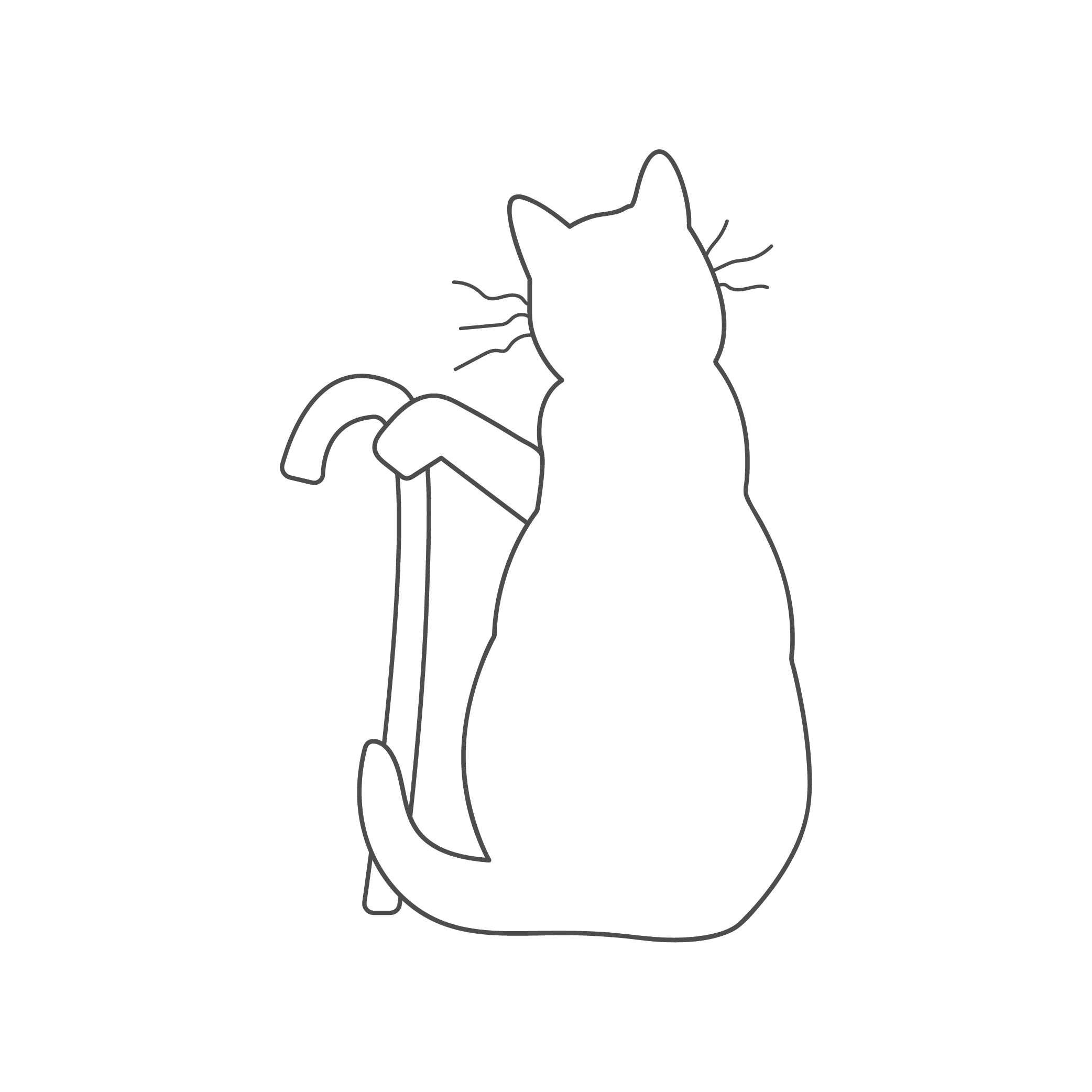
Is your dog:
- Limping?
- Having trouble rising?
- Less active?
- Seem uncomfortable when exercising?
- Detached, irritable, or more dependent than previously?
- Chewing or licking their joints?
Some dogs may display one or more of these symptoms, however many cases of canine arthritis go undetected. If you’ve noticed any of these symptoms, a visit to the vet will be the best gift you can give your pooch this year.
Is your cat:
- Reluctant to play or jump?
- Irritable?
- Seem uncomfortable when grooming?
- Inactive?
- Suffering from swollen joints?
- Limping?
These are common symptoms in arthritic cats. However, as many cats have a sedentary lifestyle (especially in their senior years), it may be difficult to spot they’re in pain. If you notice any of these symptoms, schedule a vet visit. Your furry feline will thank you for it!

Dogs
Dogs show pain in many different ways. plus osteoarthritis signs can develop over a period of time. It can be hard to work out if these behaviours are a normal part of aging, or something more.
Is your dog:
- Limping?
- Having trouble rising?
- Less active?
- Seem uncomfortable when exercising?
- Detached, irritable, or more dependent than previously?
- Chewing or licking their joints?
Some dogs may display one or more of these symptoms, however many cases of canine arthritis go undetected. If you’ve noticed any of these symptoms, a visit to the vet will be the best gift you can give your pooch this year.

Cats
Osteoarthritis in cats is very subtle as symptoms may be more behavioural than physical.
Is your cat:
- Reluctant to play or jump?
- Irritable?
- Seem uncomfortable when grooming?
- Inactive?
- Suffering from swollen joints?
- Limping?
These are common symptoms in arthritic cats. However, as many cats have a sedentary lifestyle (especially in their senior years), it may be difficult to spot they’re in pain. If you notice any of these symptoms, schedule a vet visit. Your furry feline will thank you for it!
How can you help your pet move a little easier?
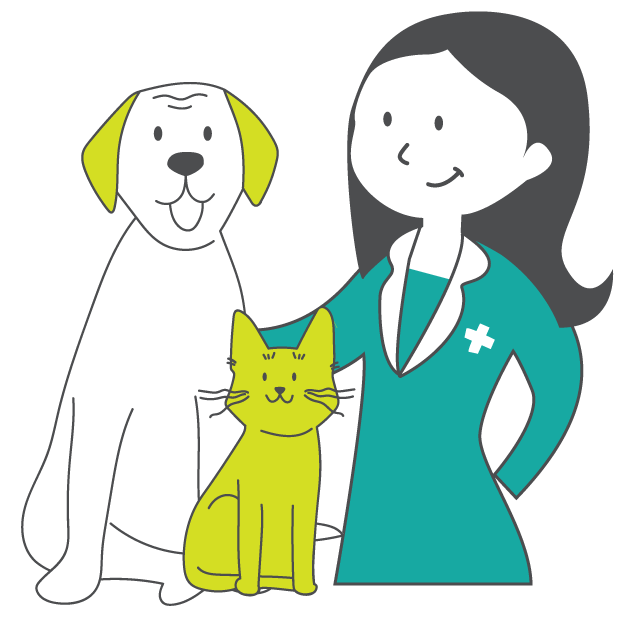
How your vet can help
For whatever reason your pet has developend osteoarthritis, be that a sign old age, the result of an injury or hereditary factors your Fur Life Vet can help!
They can:
- Diagnose your pet’s symptoms
- Provide tailored pain relief so your animal is comfortable
- Help protect against progression of the disease
- Suggest ways to manage your pet’s weight – which is often the single most important thing you can do to help your pet long term
- Offer a range of advice – about rest, exercise, physiotherapy and how to make your pet more comfy around the house (soft bedding, easily accessible litter trays or indoor ramps to help them get to their favourite spots)
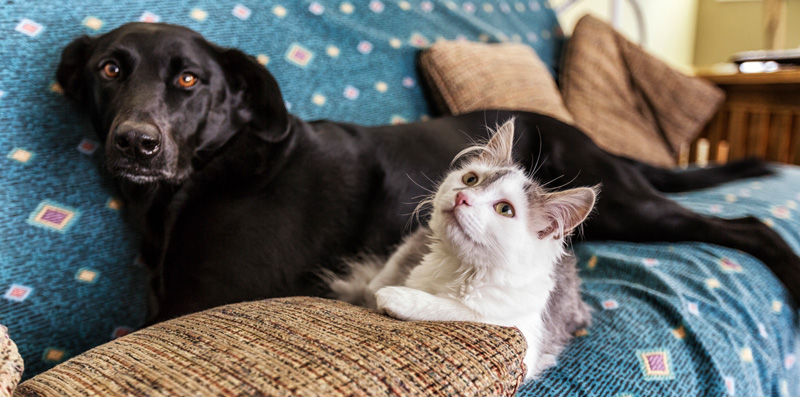
Medication
While weight, diet modification and nutritional supplements can all play a role in managing osteoarthritis, so can medication – especially to alleviate your pet’s pain.
NSAIDS
Non-steroidal anti-inflammatory drugs (NSAIDS) are one of many options used to manage the condition. They do a few important things such as provide pain relief, reduce inflammation and protect against joint deterioration.
Side effects:
As with all medications, side effects can occur.
Common ones are:
- A mild softening of your pet’s stools
- Loss of appetite
- Vomiting
- Diarrhoea
- Other gastrointestinal signs
If your pet becomes unwell or you suspect your pet is having problems with a medication, STOP it and CONTACT your vet.



Recent Comments